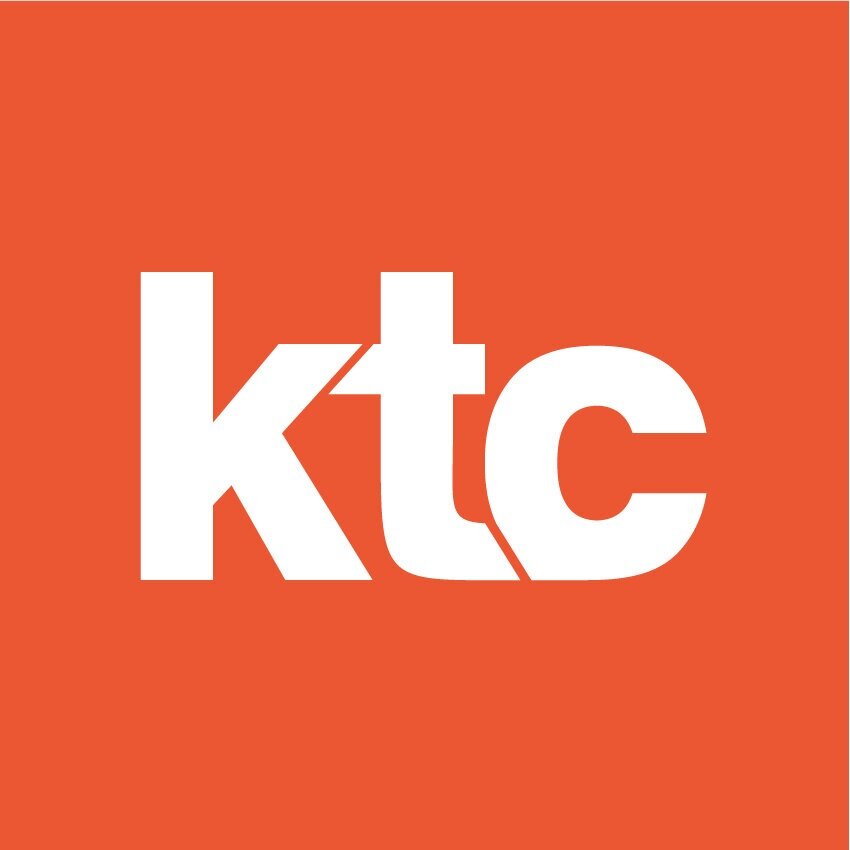How Customer-Centric Design Can Be Harmful And How To Solve It
Much is said in the corporate world about customer-centricity: It is an approach that focuses on user needs, desires and limitations to generate innovative solutions. Delivering solutions based on the mindset of the customer became very popular among business managers at the beginning of the 21st century.
Among the design methods for reaching customer centricity, an approach that is closely aligned with the corporate world is the well-known design thinking and user journey mapping. Through this lens, companies started an offensive in creating frictionless journeys, products and service with more convenience. They also implemented new ways to measure customer success, like Net Promotor Scores (NPS).
The main objective of customer centricity is to convert difficulties and limitations into benefits for the client, thus generating business value for the company. However, the triple crisis we are currently experiencing—economic, public health and climate—reveals a paradox in the original mindset of “progress”: The very product that enhances someone’s life can also be the cause or the intensifier of problems that harm other groups.
And this paradox surrounding “progress” has never been so challenged: After decades of exploitation of the environment under the belief that nature is an infinite and controllable resource, we are realizing that this management style can no longer be adopted as before, or else there won’t be any resources available for future generations.
Creating the right thing may conflict with doing the right thing.
As the book Doughnut Economics by Kate Raworth points out, not all innovations should be welcomed. What if smart fridges consume too much energy? What if delivery apps are deteriorating employees’ quality of life and undermining the potential of local commerce? E-commerce giants have created massive boxed warehouses near large cities to fulfill the hunger for more convenience, but at the cost of nature and biodiversity near those same cities. Customer-centric innovation and profit-driven, bottom-line philosophies are being heavily challenged in a world with new, bigger and collective problems to be solved.
Doing Well By Doing Good: The Basis Of The Triple P
According to John Elkington, who defined and developed the theory of the triple bottom line (TPL), “The triple bottom line [of people, planet and profit] is a sustainability framework that examines a company’s social, environment, and economic impact.” The three P’s can be understood as follows:
• People: The impact a company has on its stakeholders, like employees and customers, but also on its suppliers and communities.
• Planet: The impact an organization causes to the environment, which includes not only carbon footprint but also how a company actively contributes to regenerate what it extracts from nature.
• Profit: This encompasses the impact a company has on the economy in general, considering the volume of employment it generates along with paying taxes and wealth creation for society.
While the objectives for people and planet remain clear for many, the third P—profit—is still a source of worry for many shareholders. But new design methods in addition to customer-centric design are on the rise to tackle that problem. Take, for example, circular design: a design set based on reuse of materials. When customer-centric design meets circular design, interesting opportunities arise to combine people, planet and profit.
French car manufacturer Renault Refactory is an excellent example of this. In this car refurbishment center, the brand gives secondhand cars new life via a profound checkup and replacement of all defect parts, making them ready for yet another 100,000 kilometers on the road. Modern technology like 3D printing allows the center to save even more resources—for example, by printing a small lever element for a seat instead of changing the entire seat. Toyota is creating a similar factory in the United Kingdom. These brands are front-runners in triple-P thinking and show that profit, planet and people can go hand in hand.
Circular design is just one of the design tools that help support the triple-P business philosophy; another is inclusive design. According to OCAD University, inclusive design is “design that considers the full range of human diversity with respect to ability, language, culture, gender, age and other forms of human difference.” This design set enables everyone to participate equally, confidently and independently in everyday activities. Using design thinking, managers can actively listen to minority demands, giving them voices and helping them execute their visions—even if they go beyond traditional corporate offers.
Design is so much more exciting and can lead the way.
As organizations are being held accountable for their environmental and social impact as never before, a huge opportunity for designers in every industry rises. Designers can not only challenge traditional customer-centric philosophies but also counter them with more recent and future-proof design sets like circular design and inclusive design.
When business leaders claim new ways of doing business, these ways are often still abstract, but designers can materialize these visions onto new design practices for products, services and business models. Now is not the time to be shy as a designer—it is your moment to create a space for better business and a better world.

